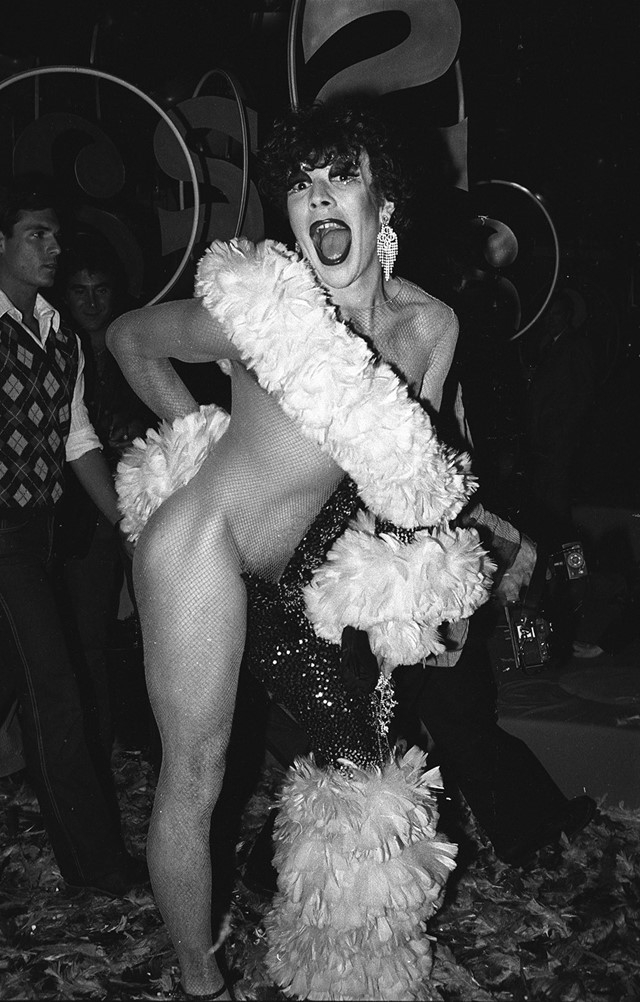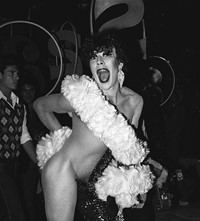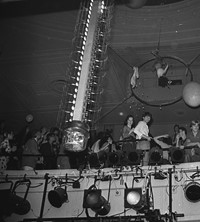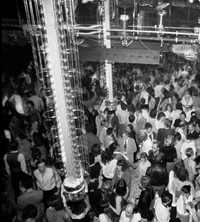Remembering Studio 54 Through Memories of Those Who Went There
- TextMiss Rosen
“The first time I went there, I remember my mouth was dropping. Then I looked around and realised, ‘No one else’s mouth is dropping. Act like you’re cool’’
Glitz, glam, and glory – Studio 54 had it all. The epicenter of the New York disco scene in the 1970s, the infamous nightclub was a symbol of hedonism – a potent brew of celebrity, sex, drugs, and decadence.
In 1977, co-owners Ian Schrager and Steve Rubell, two friends from Brooklyn, converted an old CBS television studio into a magical space where Hollywood stars, fashion designers, performers, socialites, artists, models, and street legends would dance the night away.
For 33 months, Studio 54 made headlines for its outrageous stunts, becoming the stuff of legend until it all came crashing down when Schrager and Rubell were arrested for tax evasion and ended up serving 13 months in prison. In 1989, Rubell died from complications due to AIDS, while Schrager turned his life around, becoming one of the most significant hoteliers of our time. After being pardoned by President Barack Obama in January 2017, Schrager broke his 40-year silence, finally telling the true story of Studio 54.
On Friday (June 15), Studio 54, the first documentary about the famed nightclub will officially release. In celebration of this film, we spoke to its director Matt Tyrnauer and a host of Studio 54 insiders, who share their memories of the endless nights spent partying, rubbing shoulders with everyone from Elizabeth Taylor, Jackie Kennedy Onassis, and Diana Ross to Michael Jackson, David Bowie, and Karl Lagerfeld.
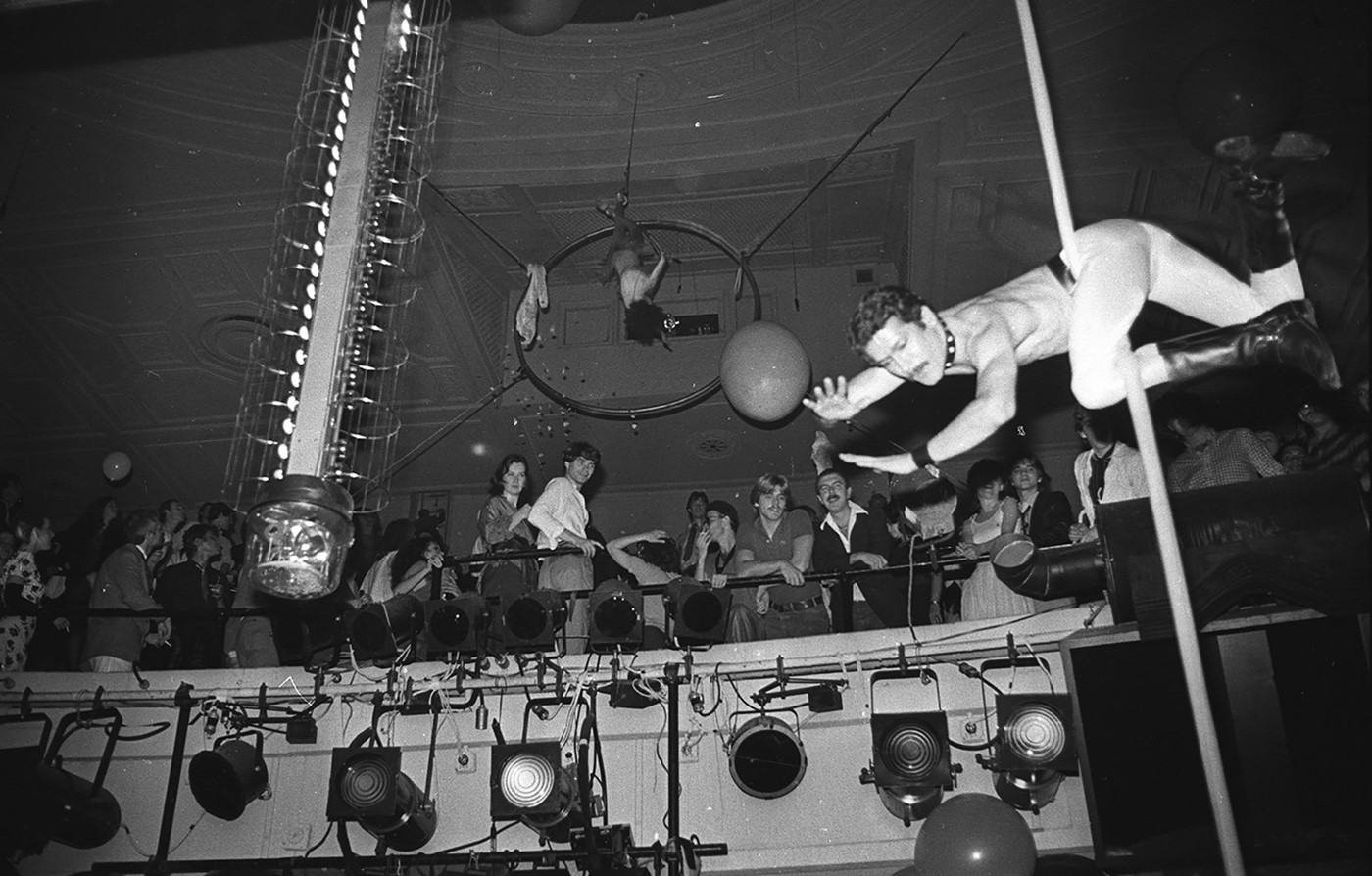
MATT TYRNAUER
Matt Tyrnauer is an American film director and special correspondent for Vanity Fair. He directed the documentary feature Valentino: The Last Emperor (2009), which was short listed for an Academy Award nomination in 2010, as well as this new documentary about Studio 54.
“This is one of the great untold stories. Stories that appeal to me are explorations of places or phenomena that you think you know the story but you don’t know the whole story – there’s a lot more to tell. Studio 54 fell firmly into that [category].
My relationship with Studio 54 is peculiar in a way. I was in the second grade in LA at the time so I wasn’t going out to lots of clubs (laughs). I got to New York in the 90s and was a journalist at Vanity Fair. A lot of the characters I met working there were denizens of the world to which Studio 54 was central. They told me lots of stories about it. It was barely 15 years later but it already sounded distant, mythic, and unrepeatable.
“A lot of the characters I met working [at Vanity Fair] were denizens of the world to which Studio 54 was central. They told me lots of stories about it. It was barely 15 years later but it already sounded distant, mythic, and unrepeatable” – Matt Tyrnauer
The biggest hurdle was getting Ian Schrager to tell his story. It has been 40 years since Studio 54 opened and Ian Schrager, who has had an extraordinary second act, has never told the story before because it ended in a shameful way for him. Getting Ian to be open and complete was a challenge that I think we met.
It’s a sprawling story about a place that doesn’t exist anymore and one of the goals I had was to make people feel like they had been there. From what I am hearing, people feel like they know what it was from seeing the film and if people keep saying that, I will be very happy.”

MYRA SCHEER
Myra Scheer is the co-host of The Marc and Myra Show – Studio 54 Radio9 on SiriiusXM on Sundays at 10pm. During Scheer’s tenure at Studio 54, she held the world’s most exclusive VIP list.
“I had been working at Studio 54 during the day as Ian and Steve’s assistant when the hostess at the door quit. Suddenly I was catapulted into this perch inside the lobby. Once someone got inside – whether they were a regular, it was their first time, or they were a celebrity – they had to pass through me and into what I called ‘The Corridor of Joy’ because you could hear the audible screams of the first timers that got in for that night. [The sound] would literally be bouncing off the walls.
The corridor was filled with crystal chandeliers, carpet, and mirrors. Once you walked through, you were drawn to the dancefloor like you couldn’t stop – and once you got on the dancefloor, you were a star cast in the performance of a lifetime. You could feel the love and the energy, it was palpable and everybody had it. People would roar with the freedom and liberation of it all.
“Once someone got inside they had to pass through me and into what I called ‘The Corridor of Joy’ because you could hear the audible screams of the first timers that got in for that night. [The sound] would literally be bouncing off the walls” – Myra Scheer
It was a true democracy like Andy Warhol said. It was men, women, crossdressers, gay, straight. Once you were in, all people were created equal inside Studio 54. Rollerina could sail through he doors and dance with Liza Minelli. We weren’t a celebrity-obsessed culture. Not one time did I ever see anyone at Studio 54 ask for an autograph or to be in a picture.
The first time I went there, I remember my mouth was dropping. Then I looked around and realised, ‘No one else’s mouth is dropping. Act like you’re cool.’ I had just moved to New York and thought, ‘Wow this is the glamour!’ I didn’t realise it was one singular sensation.”

ANTHONY HADEN-GUEST
Anthony Haden-Guest is a British-American writer, reporter, cartoonist, art critic, and author of several books including The Last Party: Studio 54, Disco, and the Culture of the Night (William Morrow & Co.).
“Watergate was long gone. Vietnam was over. But older people had not gone to clubs, they had gone to marches and sit-ins. Clubs were considered very mom and dad. Suddenly young people were going to clubs.
Studio 54 was exciting. It was not quite the way the mythos painted it. At the time people would go to dinner and then go on to Studio 54. It wasn’t an all-night consuming passion as it became when the after hours began devouring people’s lives. In the beginning it was a very agreeable club. It was a time of great curiosity of other people.
“It was good to see a mass of human beings mingling and – it sounds very New Age-y – but throwing off really good energy. It was a constant feeling of ‘It’s really not bad to be alive right now’” – Anthony Haden-Guest
Steve Rubell’s brilliant policy was to have someone at the door – he didn’t want too many Eurotrash, amongst which I suppose I was a part, he didn’t want too many preppies, he wanted an agreeable mix so that everybody had something to look at.
There were these theatrical people like Rollerina and Disco Sally. I would say there were a dozen or two-dozen people who would appear fairly regularly and they were like walking art pieces. There was always something going on – that was the point. It was having entertainment flung at you by other people.
I can only speak for myself, but one had a feeling of well-being. It was good to see a mass of human beings mingling and – it sounds very New Age-y – but throwing off really good energy. It was a constant feeling of ‘It’s really not bad to be alive right now.’”
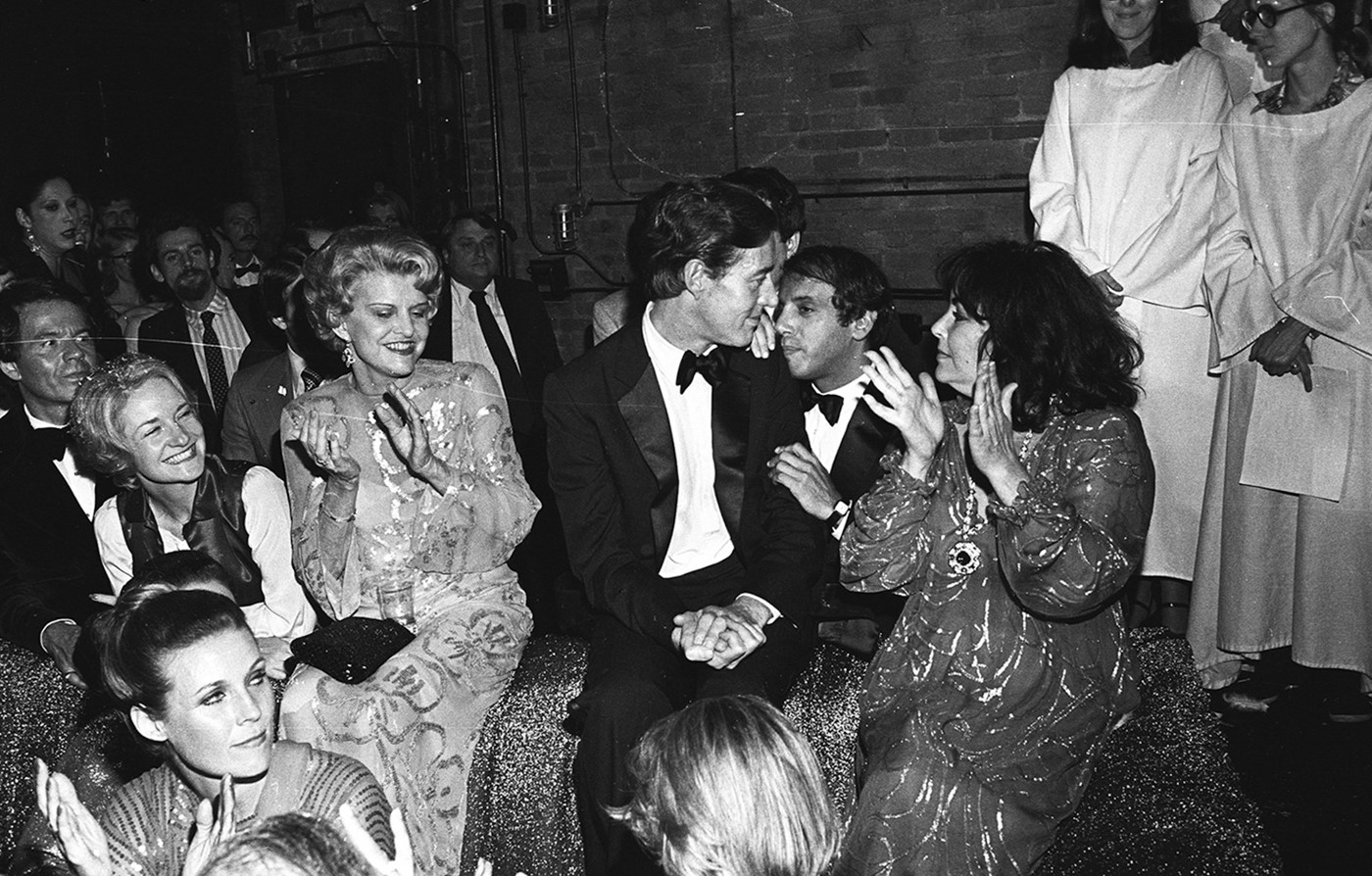
RON GALELLA
Ron Galella is the Godfather of the Paparazzi, as famous for his scandals as his photographs. The author of 13 books including Disco Years (powerHouse Books), Galella has seen it all and has the pictures to prove it.
“I had two altercations with Steve Rubell. First, he barred me from Studio 54 after Playboy published my photo of Ali McGraw, who was dancing with her shirt open and she wasn’t wearing a bra. Steve said I was barred because Ali didn’t like it, but Ali was a friend and I reached out. She said she didn’t mind. So after a couple of months Steve let me back in.
The second time was more drastic. A Baltimore TV studio did a piece on me so we went to the Copacabana where Robin Williams opened and they filmed me photographing him. Then Steve Rubell invited us to the Studio. He told the TV crew that Robin Williams doesn’t want any TV shot, so they tried to get away with me shooting Robin on the dancefloor with his wife. Steve got involved and yelled, ‘Stop!’
“Steve Rubell barred me from Studio 54 after Playboy published my photo of Ali McGraw, who was dancing with her shirt open and she wasn’t wearing a bra” – Ron Galella
He demanded the film but they didn’t surrender it, so Steve called over a big bodyguard. I knew there was going to be trouble, so I took the picture and started to leave. Then Steve said, ‘You did it again! You’re barred.’
The bodyguards broke the camera and destroyed the film. The police came and took a few people including Steve to the police station. They released everyone except Steve, who they kept in jail for 33 hours because he had outstanding violations. It had nothing to do with what happened that night. Steve held this against me and barred me for the duration of Studio 54.”
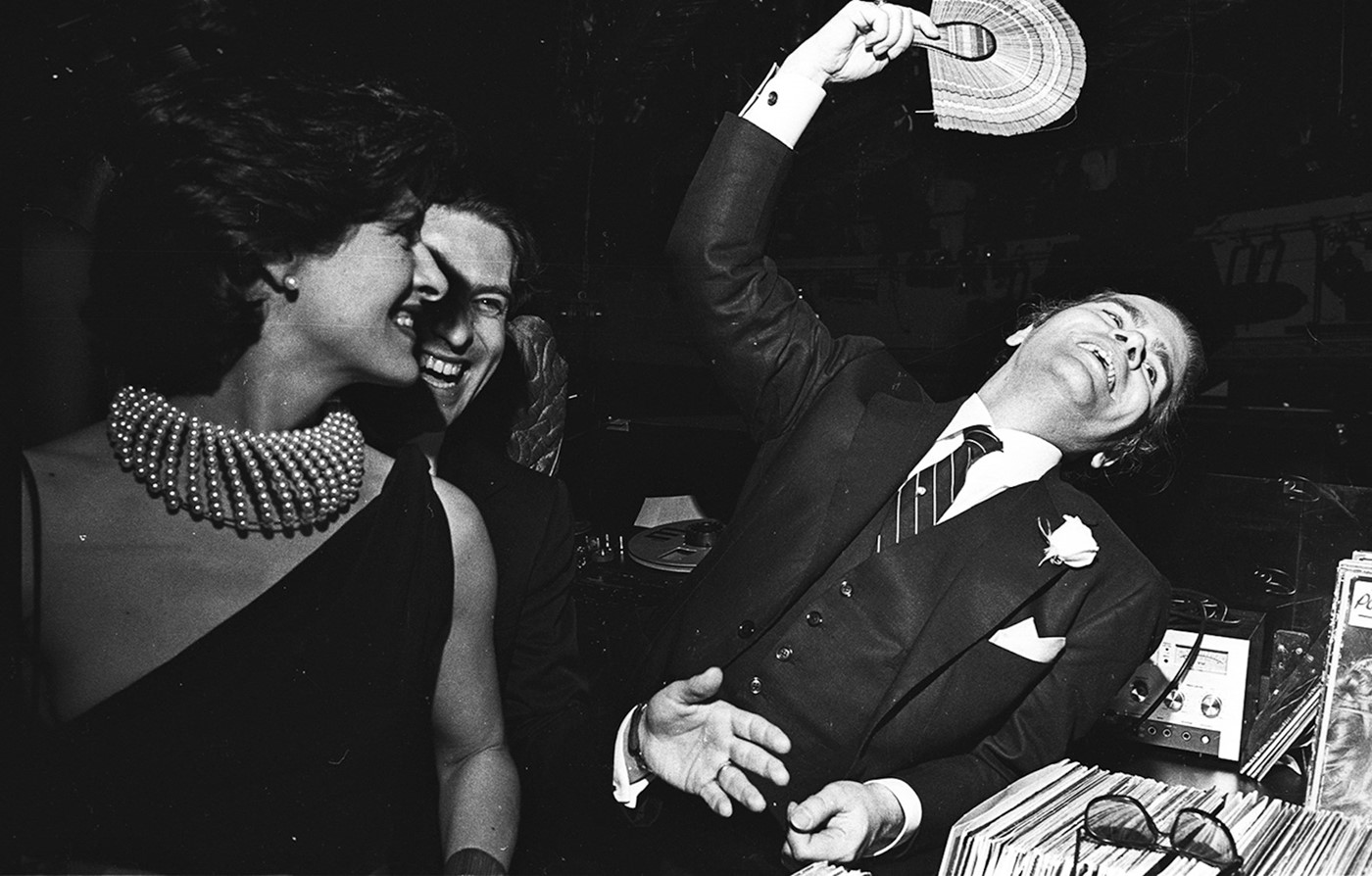
ANTON PERICH
Anton Perich is a filmmaker, photographer, and video artist hailing from Croatia. In 1978, he founded NIGHT, a periodical dedicated to art, fashion, music, literature, and nightlife.
“The first time I went to the Studio 54 was with a bunch of toddlers. Annie Flanders asked me to shoot the cover story for The SoHo Weekly News about ‘Disco Babies.’ It was the first colour cover for the paper. We arrived in a stretch limo: babysitters in mini-skirts, rubber nipples on Veuve Clicquot on the limo bar. I tasted it, it was milk. I loved the toddlers. They danced, they screamed, and they cried – all wonderful. They were not displaced. Rubell was a big baby anyway.
That was the perfect tableau of the 70s. Brooke Shields made it big at the age of three. She became a regular at Studio 54 when she was barely 12. A little later I shot her for the cover of my magazine, NIGHT.
“The first time I went to the Studio 54 was with a bunch of toddlers. Annie Flanders asked me to shoot the cover story for The SoHo Weekly News about ‘Disco Babies’” – Anton Perich
NIGHT was born under the lights of the dancefloor but it was conceived in the dark corners of the Studio 54. Fertility and creativity were in full bloom. Studio 54 was my studio. I never had to persuade anybody to be in front of my camera. I took many thousands of pictures there and published hundreds in NIGHT.
It was a fairytale on the dancefloor. But it also had areas where you could talk with an artist, a fashion designer, or a movie star. I was out of town and didn’t experience the brutal closing of the Studio 54. It lasted a long time in nightlife years.”
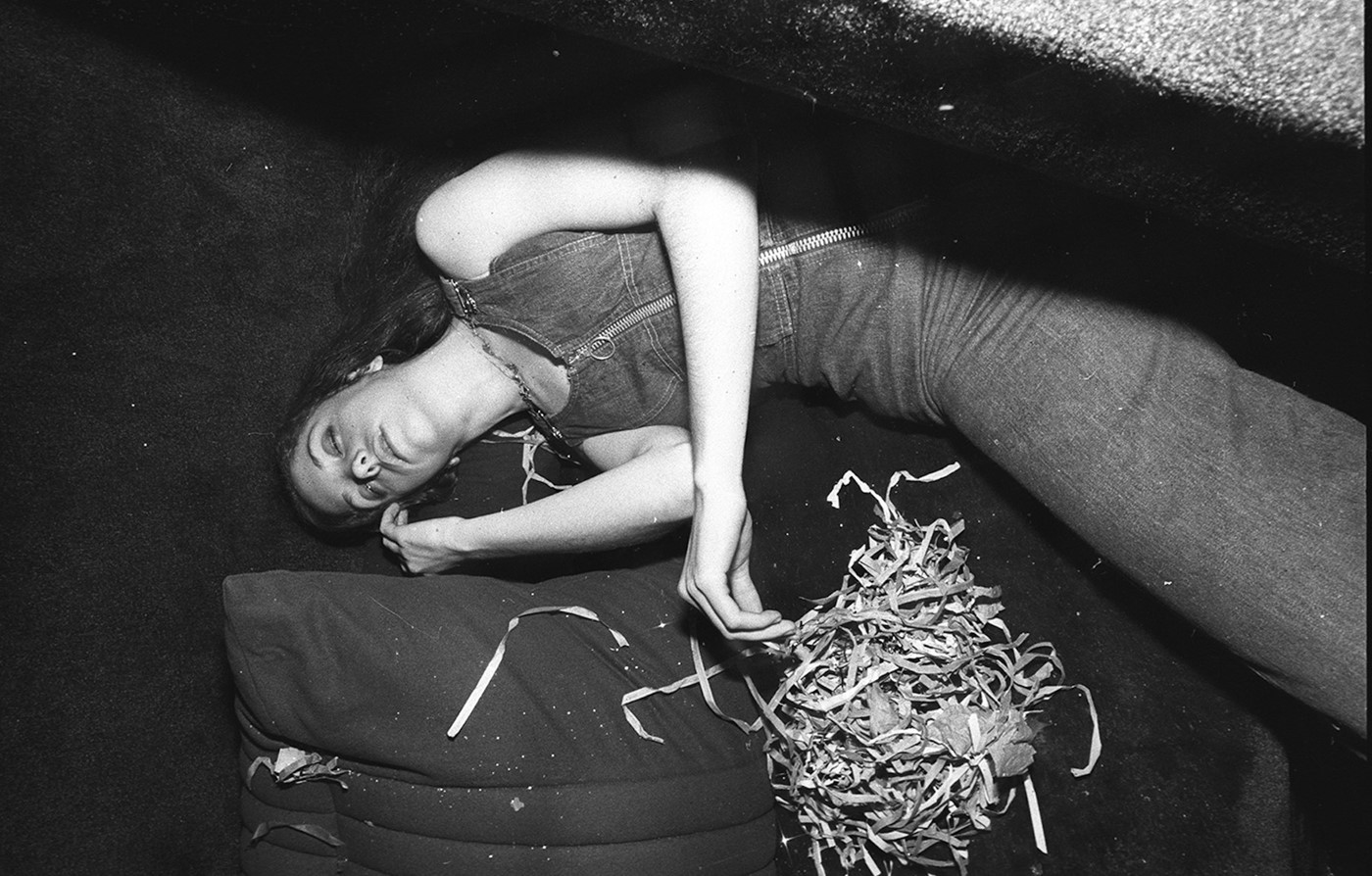
DUSTIN PITTMAN
Dustin Pittman is an American photographer who has been documenting the art, music, fashion, and downtown scenes since the late 1960s. Andy Warhol characterised Pittman as “one of the most creative photographers in the world.”
“I started going to Studio 54 on opening night. It was a madhouse filled with theatrics like the moon and the spoon [sculpture], the lights coming down, the drugs, the sex going on downstairs, the disco music and the sound system, the flowers, and the non-stop frenetic energy all night long.
There were clubs before that – whether it was the Cotton Club or Regine’s, Le Jardin or Crisco Disco – but what was special about Studio 54 was the marriage between the boy and the girl in the street and the celebrities. It was the first time a massive mix of crowd from fashion, music, celebrities, socialities, and people from the suburbs were assembling under one roof.
“It was the last breath and last hurrah before the AIDS epidemic” – Dustin Pittman
You rubbed shoulders with Halston, Karl Lagerfeld, Yves Saint Laurent, Antonio Lopez, Diana Ross, Mick Jagger, Bianca Jagger – the list goes on and on. For the nine hours of the night, there was a real sense of community.
I remember one night I was invited to Liz Taylor’s birthday party and Renny, the florist, decorated the entire studio with live gardenias for her because that was her favorite flower. When you walked in the front door not only did you get the sound of the disco music, the smell of sex, and taste of sweat, but you got the smell of all those gardenias too. It was the last breath and last hurrah before the AIDS epidemic.”
Studio 54 hits UK theatres June 15. Head here to watch the trailer.
